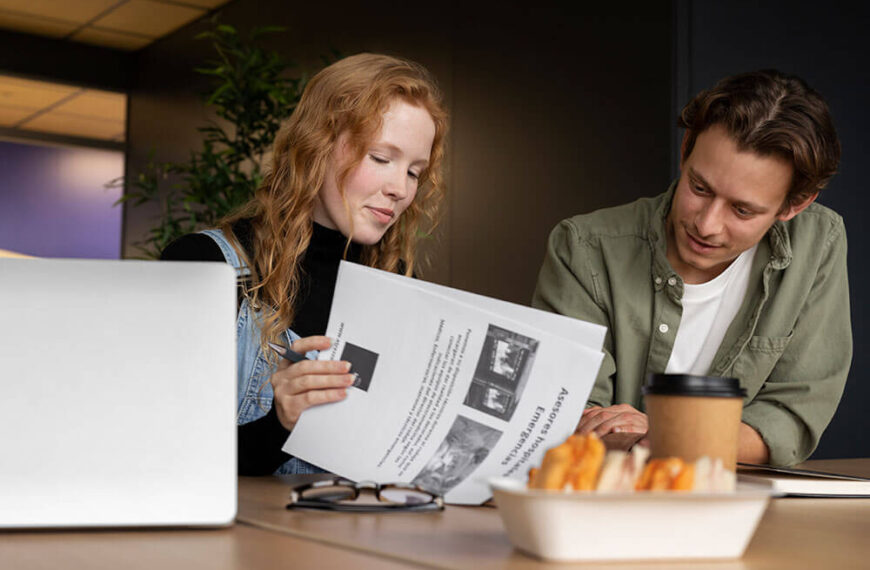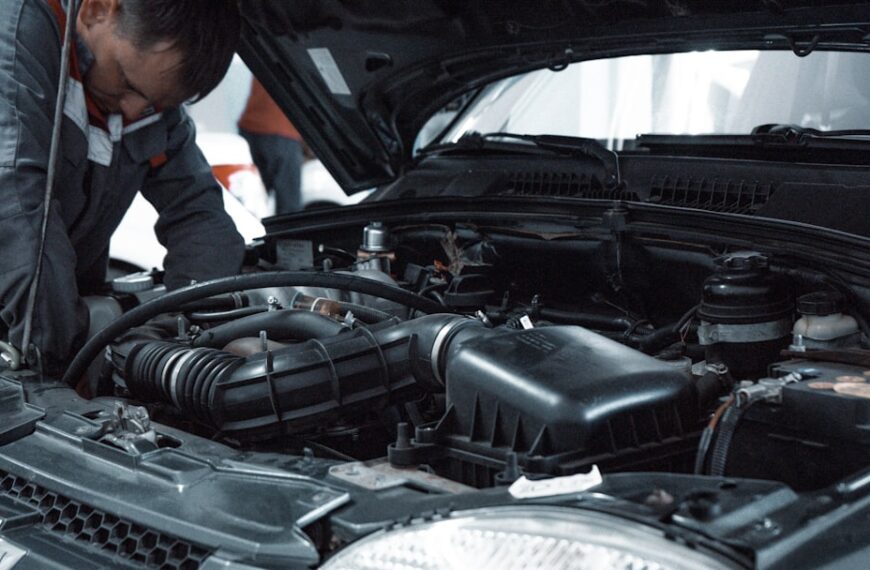As the global population continues to urbanize at an unprecedented rate, cities worldwide face the dual challenge and opportunity of redefining what it means to live in the 21st century. The vision for future urban living trends is not just about growth, but about fostering innovation and sustainability to create resilient, inclusive, and vibrant environments. At Here Is News, we are committed to providing trusted reporting on these transformative developments that are shaping our collective future.
Smart City Technologies: Enhancing Efficiency and Connectivity
The concept of the “smart city” is at the forefront of urban innovation, leveraging advanced technologies to improve the quality of life for residents and optimize city operations. This involves integrating the Internet of Things (IoT), artificial intelligence (AI), and extensive data analytics to create interconnected systems. From intelligent traffic management that reduces congestion and emissions, to smart grids that optimize energy distribution, these technologies are making urban environments more efficient and responsive. Digital platforms are also enhancing public services, fostering greater citizen participation, and streamlining governance, showcasing how technology can address complex urban challenges. For more on technological advancements, explore our technology coverage.
Sustainable Urban Planning: Green Spaces and Renewable Energy Integration
Sustainability is no longer a buzzword but a foundational principle for future urban development. Modern urban planning emphasizes the integration of green infrastructure, such as extensive urban parks, rooftop gardens, and vertical forests, which not only enhance biodiversity and air quality but also provide crucial recreational spaces. Furthermore, cities are increasingly adopting renewable energy sources, including solar panels on buildings and community-level wind turbines, to reduce their carbon footprint. Waste-to-energy initiatives and advanced recycling programs are also playing a vital role in creating circular economies within urban centers. These efforts are critical in our global fight against climate change, a topic Here Is News frequently covers in its global affairs section.
Addressing Social Equity: Inclusive Growth and Community Development in Cities
A truly progressive urban future must prioritize social equity, ensuring that all residents, regardless of socioeconomic status, have access to essential resources and opportunities. Inclusive urban planning focuses on developing affordable housing solutions, improving public transportation access to connect underserved communities, and creating diverse, welcoming public spaces. Efforts to bridge the digital divide, provide equitable access to quality education and healthcare, and foster economic opportunities for all residents are paramount. Sustainable urban development must go hand-in-hand with policies that promote fair growth and strengthen community bonds.
The Role of Public Transportation and Shared Mobility Solutions
Efficient and accessible transportation systems are the lifeblood of modern cities. Future urban living trends heavily lean towards robust public transit networks, including high-speed rail, electric bus fleets, and integrated metro systems, designed to reduce reliance on private vehicles. Alongside this, shared mobility solutions like bike-sharing programs, electric scooter rentals, and car-sharing services are gaining traction, offering flexible and eco-friendly alternatives. The emergence of autonomous vehicles also promises to revolutionize urban mobility, potentially leading to safer roads and optimized traffic flow. These innovations are vital for reducing urban congestion, improving air quality, and making cities more livable.
Emerging Trends: Vertical Farming, Micro-Apartments, and Biophilic Design
Vertical Farming: Revolutionizing Urban Food Production
To enhance food security and reduce the environmental impact of agriculture, vertical farms are emerging as a groundbreaking solution. These indoor farms cultivate crops in vertically stacked layers, often utilizing controlled-environment agriculture (CEA) technology. Located within city limits, they drastically cut transportation costs and carbon emissions, providing fresh, locally grown produce year-round.
Micro-Apartments: Adapting to Urban Density
As urban populations grow and living spaces become scarcer, micro-apartments offer a practical solution. These compact, efficiently designed living units maximize space utilization, providing affordable and sustainable housing options in high-density areas. They often feature modular furniture and shared amenities, fostering a sense of community among residents.
Biophilic Design: Connecting Cities with Nature
Biophilic design integrates natural elements and processes into modern architecture and urban planning. This approach, rooted in the idea that humans have an innate need to connect with nature, incorporates features like natural light, ventilation, indoor plants, and views of green spaces. The aim is to improve the well-being, productivity, and mental health of urban dwellers, bringing the calming effects of nature into the built environment. Our science and environment insights often delve into such innovative solutions.
Challenges and Opportunities: Overpopulation, Climate Change, and Innovation
The path to future urban living is not without its hurdles. Rapid overpopulation strains existing infrastructure, resources, and social services. Climate change presents a significant threat, demanding resilient infrastructure capable of withstanding extreme weather events and rising sea levels. However, these challenges also ignite unprecedented opportunities for innovation. Technological advancements in sustainable materials, smart grid solutions, and green technologies offer pathways to mitigate environmental impacts and build more robust cities. Investment in these areas, as detailed in our business and economy reports, is crucial for unlocking the potential of urban centers.
Conclusion: Towards Livable and Resilient Urban Futures
The transformation of global cities into smart, sustainable, and equitable hubs is an ongoing journey driven by both necessity and ingenuity. The future of urban living trends points towards integrated systems where technology serves human well-being, nature coexists with infrastructure, and community thrives. As an independent online news platform, Here Is News will continue to deliver reliable, concise, and fact-based journalism on these critical developments. We invite you to stay informed with clarity and context, not noise. For more insightful analysis on global developments and future urban living trends, subscribe to the Here Is News newsletter, follow us on social media, or explore our latest stories on the homepage. You can also contact us with your feedback.
FAQ
What defines a ‘smart city’?
A ‘smart city’ utilizes advanced technologies like IoT, AI, and data analytics to enhance urban efficiency, improve public services, and elevate the quality of life for its residents. This includes intelligent traffic systems, smart grids, and digital governance platforms.
How does sustainable urban planning contribute to combating climate change?
Sustainable urban planning integrates green infrastructure (parks, vertical gardens) and renewable energy sources (solar, wind) into city design. It also promotes waste reduction and efficient public transport, all of which significantly reduce carbon footprints and environmental impact, helping combat climate change.
What are some examples of emerging urban living trends?
Key emerging trends include vertical farming for local food production, micro-apartments as space-efficient housing solutions, and biophilic design which integrates natural elements into urban spaces to improve well-being.
Why is social equity important in urban development?
Social equity in urban development ensures that all city residents have fair access to essential resources such as affordable housing, quality public transportation, education, healthcare, and economic opportunities, fostering inclusive growth and stronger communities.
What are the biggest challenges facing future urban living?
Major challenges include rapid overpopulation straining resources and infrastructure, and the escalating impacts of climate change. However, these challenges also present opportunities for innovation in technology, policy, and sustainable practices.











